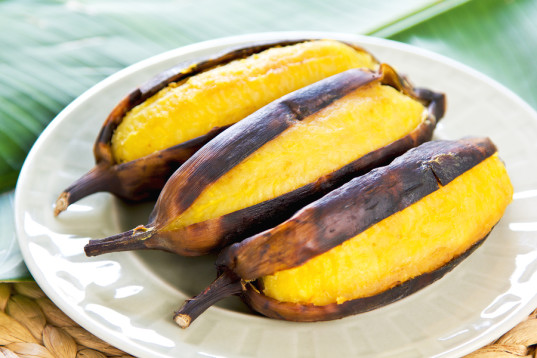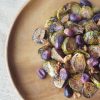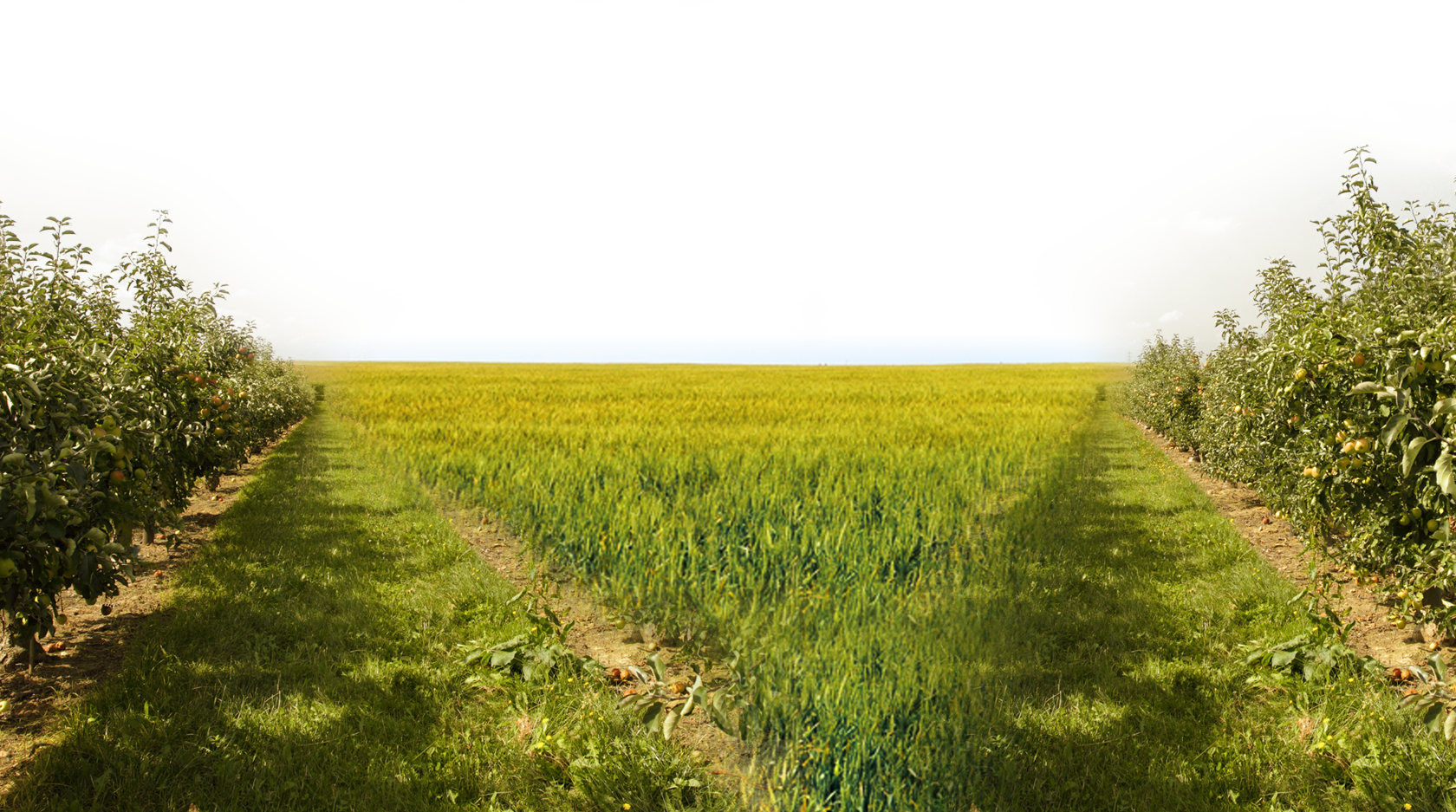
Plantain: A Banana of a Different Color
By Linda Bonvie | 1 Comment | Posted 07/29/2015
Produce-aisle question: What are hard and green and look just like small bananas — but are a lot more confusing? Yep, it’s those things called plantains, now a regular sight in many groceries.
Although the plantain is a diet staple in many tropical cultures, in the U.S. it remains a more exotic variety of the genus Musa, which we know by its fruit, the banana.
To be sure, the plantain, sometimes called a cooking banana, is far more complex and diversified than the sweet banana of peel-and-eat fame.
While sweet bananas demand a deep yellow color before eating, the cooking plantain is already ripe and ready when green. In fact, unlike the sweet banana, a cooking banana is highly usable at virtually all stages of ripeness, including its final black phase, when it develops sweetness.
“Plantains are perfect to use at any stage of ripeness as a main or side dish, snack, or dessert,” claims the world’s largest producer of plantains, Chiquita Bananas.
Plantain note: Like sweet bananas, plantains should not be refrigerated but kept at room temperature. But unlike, bananas, plantains can take many days, and even weeks, to go from green to black.
When green, a plantain has a starchy, potato-like nature. It can be baked, boiled, fried or grilled; served as a warm side dish or in soups and stews.
The most popular way that green plantains are prepared, as well as the easiest, is peeled, sliced and fried in oil. They can also be pan-baked dry.
Around the world, fried plantains assume sundry colloquial names, including chifles (Peru), dodo (West Africa), tachinos (Cuba), yo-yo (Venezuela), pisang goreng (Indonesia), plátanos maduros (Dominican Republic), and tajajdas (Columbia).
To fry green plantain, peel and thinly slice, lengthwise, keeping the thickness of each slice as uniform as possible.
Preheat a small amount of oil in a large, moderately deep skillet. Use medium-high heat. Do not allow the oil to begin smoking. Carefully lay slices inside.
Fry both sides until browned and tender. Mild spice can be added during the final cooking period.
When done, place the plantain on a paper towel and dab off any excess oils.
An Americanized version is served with butter and even sour cream.
When yellow, plantains are slightly sweeter than when green, and at this stage they take well to oven baking, boiling in water, or grilling. In fact, sliced long-wise, yellow-phase plantains lend themselves to spices, marinades, and even and BBQ grilling. On the Barbie, they can be brushed with the same sauces being used for fish and chicken — and then either served atop same or as a side dish.
Unlike the sweet banana, a plantain must be ripened to blackness before assuming a fully sweet flavor. Even during this fully ripened phase, the plantain remains firm and is still best served cooked. In fact, fried black bananas are a classic dessert dish in many cultures.
Here’s a recipe for “Sweet plantain fritters” from www.epicurious.com.
INGREDIENTS:
- 1 cup all-purpose flour
- 2 tablespoons light brown sugar
- 1 teaspoon baking powder
- 1/8 teaspoon salt
- 1/2 cup water
- 1 large egg, lightly beaten
- 4 very ripe (completely black) plantains (2 1/2 lb)
- 1/2 cup granulated sugar
- 1/2 teaspoon cinnamon
- About 2 cups vegetable oil
Special equipment: a deep-fat thermometer
PREPARATION: Whisk together flour, brown sugar, baking powder, and salt in a large bowl, then add water and egg and whisk until batter is smooth.
Peel plantains and cut on a slight diagonal into 1/2-inch pieces. Stir into batter to coat well.
Stir together granulated sugar and cinnamon in a shallow bowl.
Heat 1/2 inch oil in a 10-inch heavy skillet over moderate heat until thermometer registers 340°F.
Fry plantain slices in batches of 6 (don’t crowd them) until bottoms are golden, about 45 seconds, then turn over and fry until other side of each one is golden, requiring 30 to 45 seconds more. Transfer with a slotted spoon to paper towels to drain.
While still warm, toss each batch in sugar mixture until coated, then transfer to a platter. Serve hot or warm.


 Contact us
Contact us




























One Response to Plantain: A Banana of a Different Color